Introduced when the US motorcycle market had increased by 50 times in a short 15 years, the model's prospects looked unlimited. Questionable styling decisions led to Brit reviewers to call the first version's new tank shape a breadbox and the three port mufflers were referred to as ray guns in the UK and Flash Gordons in the US Introduced as a 1969 model, Trident sales got off to a slow start and were kept there as Triumph's parent BSA spiraled into the financial maw having spent millions of borrowed dollars on endeavors outside their core business of making better motorcycles. Nonetheless, the basic mechanical package of a three-cylinder pushrod engine barely wider than a twin, in a great handling Triumph frame resulted in the first British multi-cylinder Superbike. Unfortunately it would remain the last before the collapse of the British Motorcycle industry. While sales objectives may not have been met, the chief engineer on the project, Doug Hele, certainly did his job. The biggest race in the world for production bikes at the time was the Isle of Man Production TT. Tridents won it six years in a row, 1970-75. Modified Tridents also won the F750 races at the Isle of Man in 1971-2. Only the Trident survived the Group's collapse in 1972, continuing as the T150V (with 5-speed gearbox) and later the T160 (using the BSA-type engine). This immaculate Trident was originally purchased as a basket case by a regular visitor to the Otis Chandler Museum with the intention of a full restoration to then be displayed there. Unfortunately, the owner passed away before the motorcycle could be completed, but to bring his dream to fruition, the museum acquired the bike and restored it to their very exacting standards, displaying it in accordance with the late owner’s wishes. Everything on this Trident was rebuilt, refinished and/replaced, including a full engine rebuild. A couple of variations to the original specification are the stylish “ray-gun” style triple outlet exhausts of the earlier model and the paint scheme of red and white to the tank. Having covered nothing more than post-restoration break-in miles, the motorcycle was sold in 2006 to the vendor from the Otis Chandler estate and with very little use since, has been a prominent feature of his collection.
Introduced when the US motorcycle market had increased by 50 times in a short 15 years, the model's prospects looked unlimited. Questionable styling decisions led to Brit reviewers to call the first version's new tank shape a breadbox and the three port mufflers were referred to as ray guns in the UK and Flash Gordons in the US Introduced as a 1969 model, Trident sales got off to a slow start and were kept there as Triumph's parent BSA spiraled into the financial maw having spent millions of borrowed dollars on endeavors outside their core business of making better motorcycles. Nonetheless, the basic mechanical package of a three-cylinder pushrod engine barely wider than a twin, in a great handling Triumph frame resulted in the first British multi-cylinder Superbike. Unfortunately it would remain the last before the collapse of the British Motorcycle industry. While sales objectives may not have been met, the chief engineer on the project, Doug Hele, certainly did his job. The biggest race in the world for production bikes at the time was the Isle of Man Production TT. Tridents won it six years in a row, 1970-75. Modified Tridents also won the F750 races at the Isle of Man in 1971-2. Only the Trident survived the Group's collapse in 1972, continuing as the T150V (with 5-speed gearbox) and later the T160 (using the BSA-type engine). This immaculate Trident was originally purchased as a basket case by a regular visitor to the Otis Chandler Museum with the intention of a full restoration to then be displayed there. Unfortunately, the owner passed away before the motorcycle could be completed, but to bring his dream to fruition, the museum acquired the bike and restored it to their very exacting standards, displaying it in accordance with the late owner’s wishes. Everything on this Trident was rebuilt, refinished and/replaced, including a full engine rebuild. A couple of variations to the original specification are the stylish “ray-gun” style triple outlet exhausts of the earlier model and the paint scheme of red and white to the tank. Having covered nothing more than post-restoration break-in miles, the motorcycle was sold in 2006 to the vendor from the Otis Chandler estate and with very little use since, has been a prominent feature of his collection.

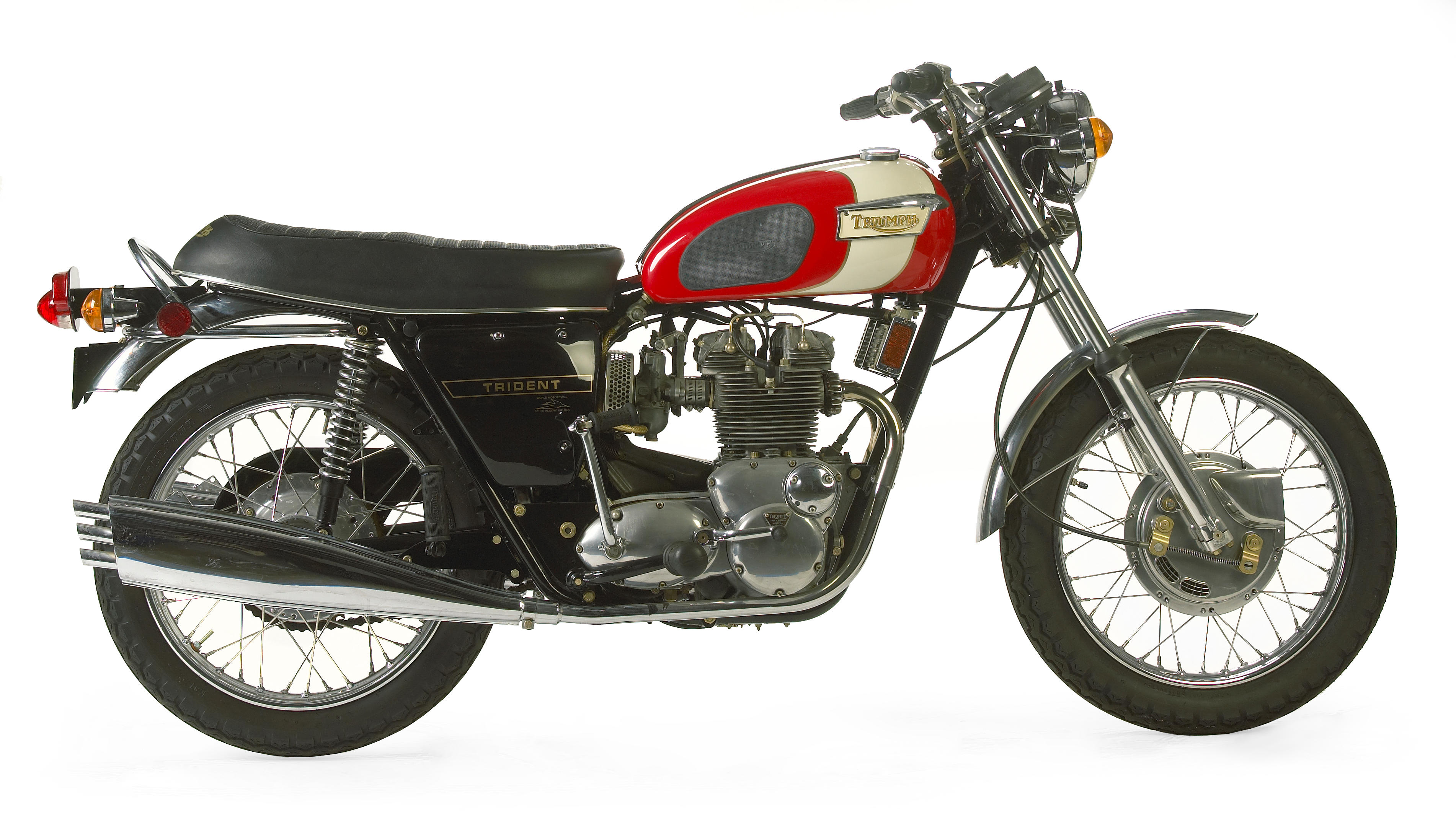
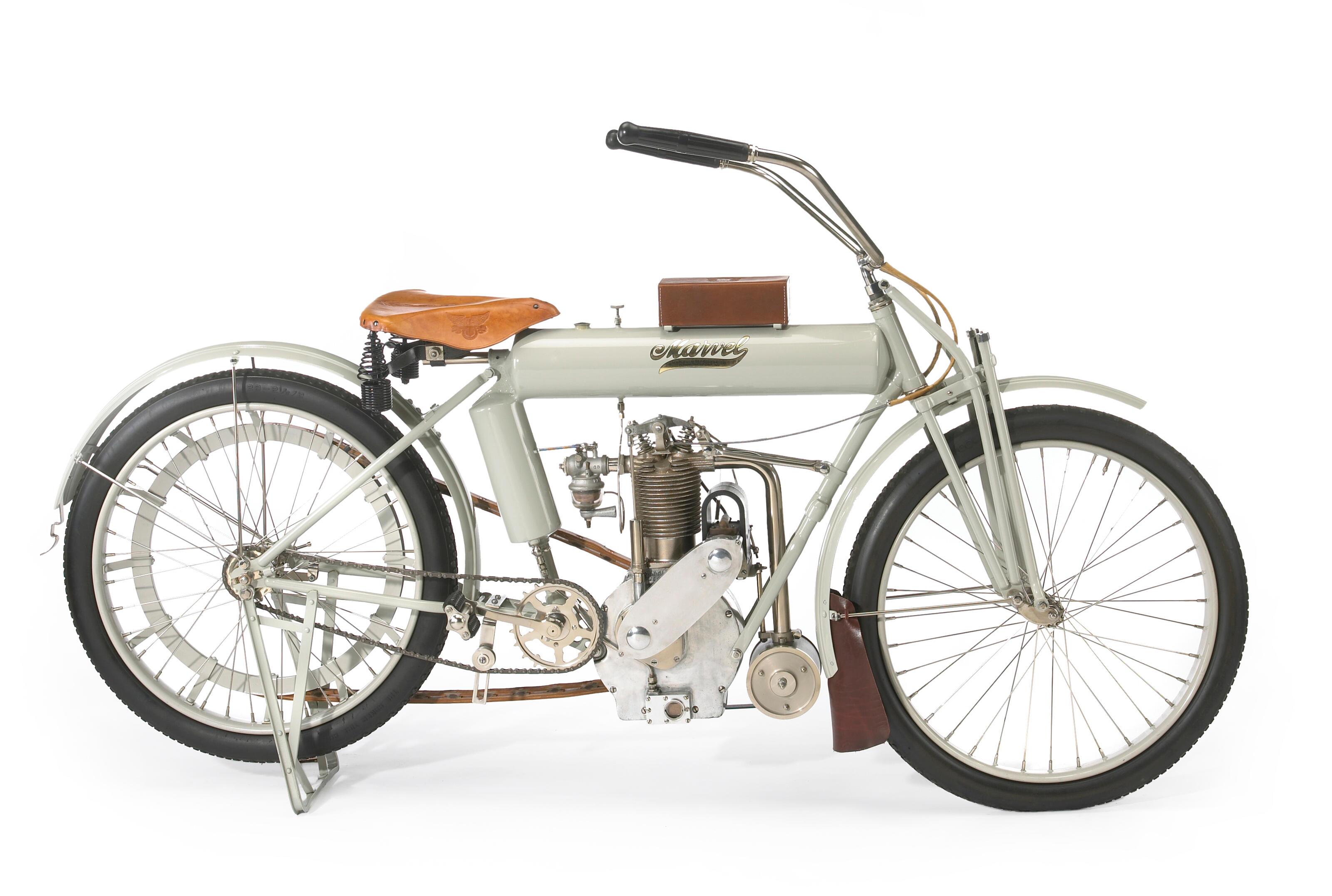



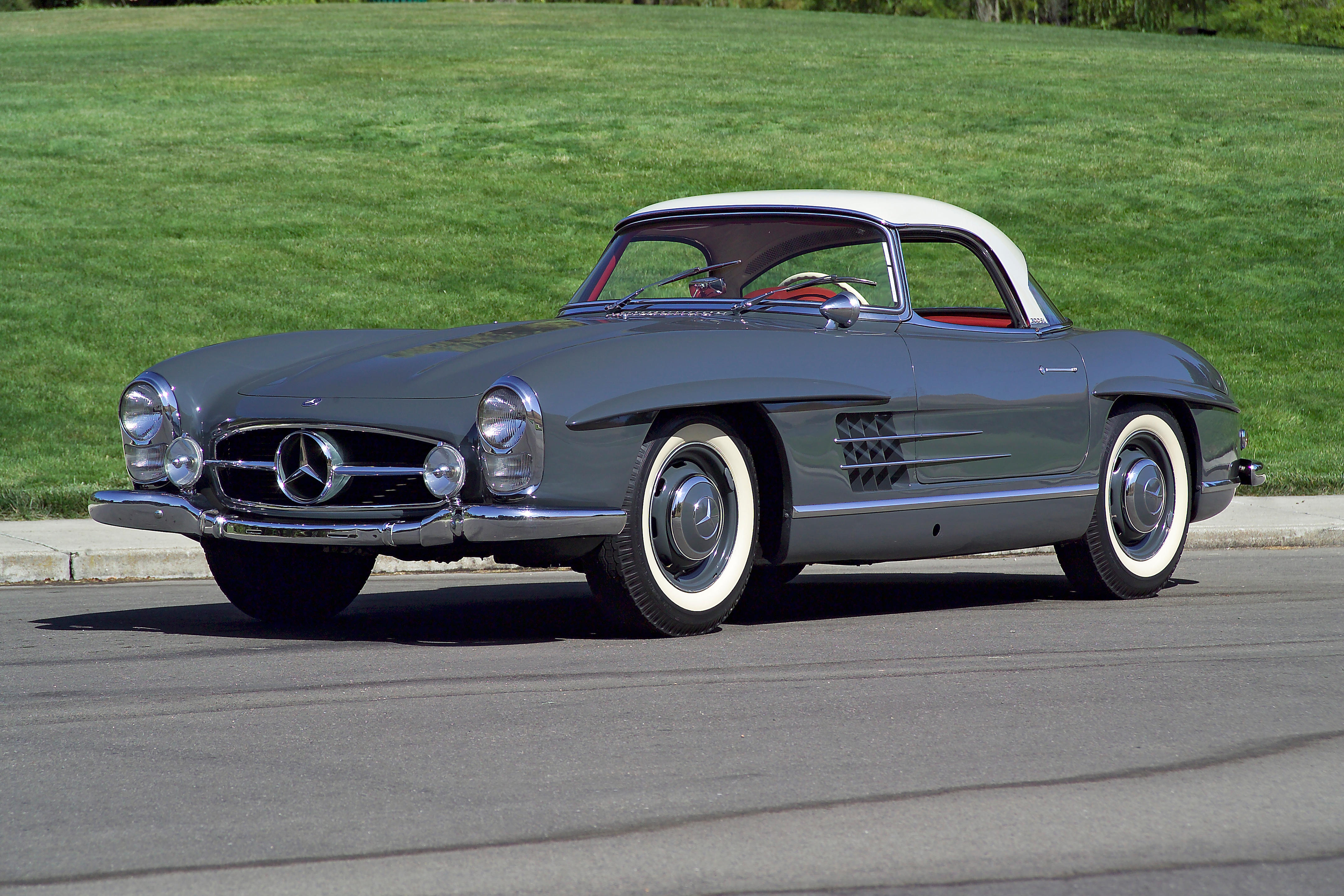

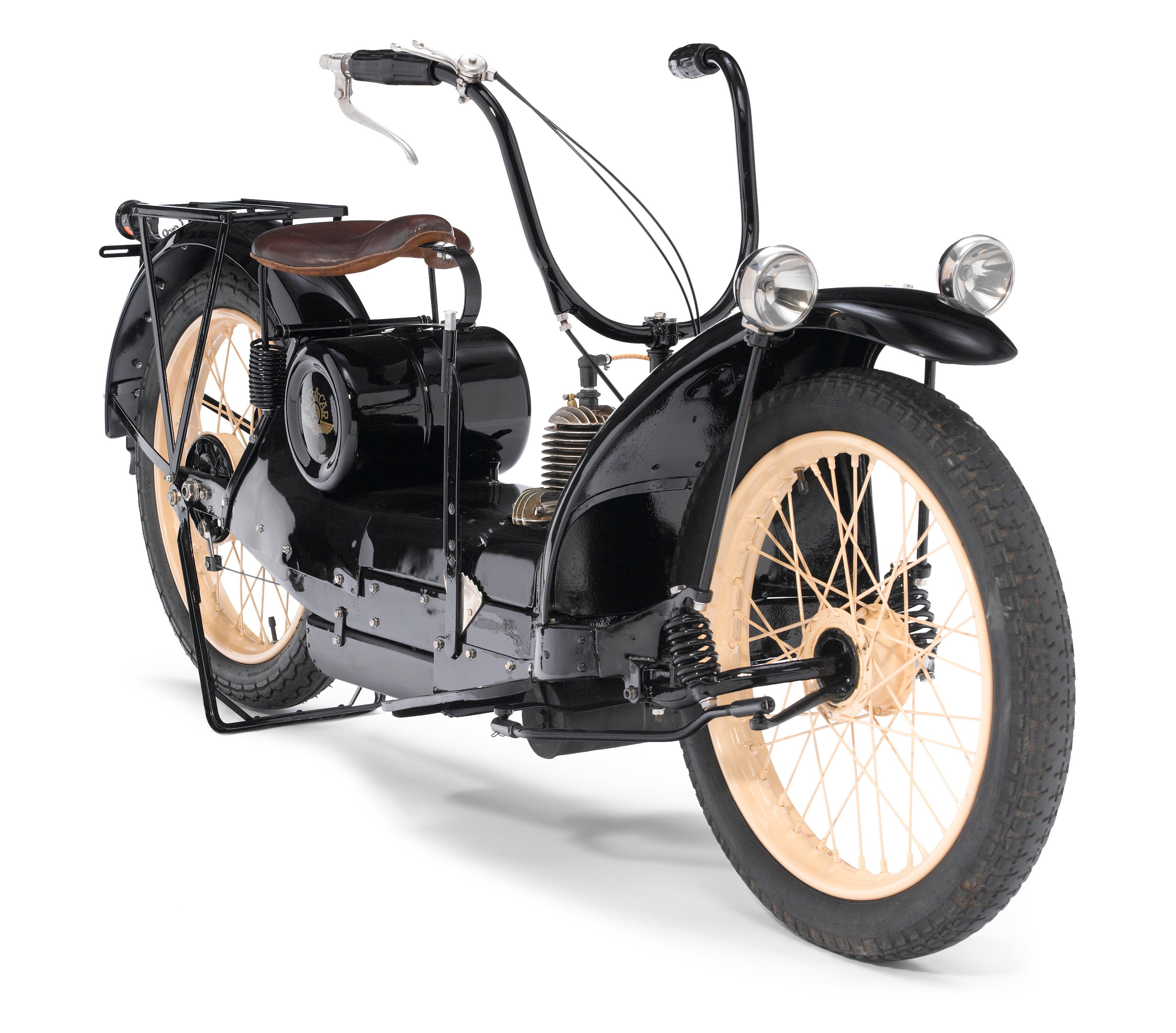
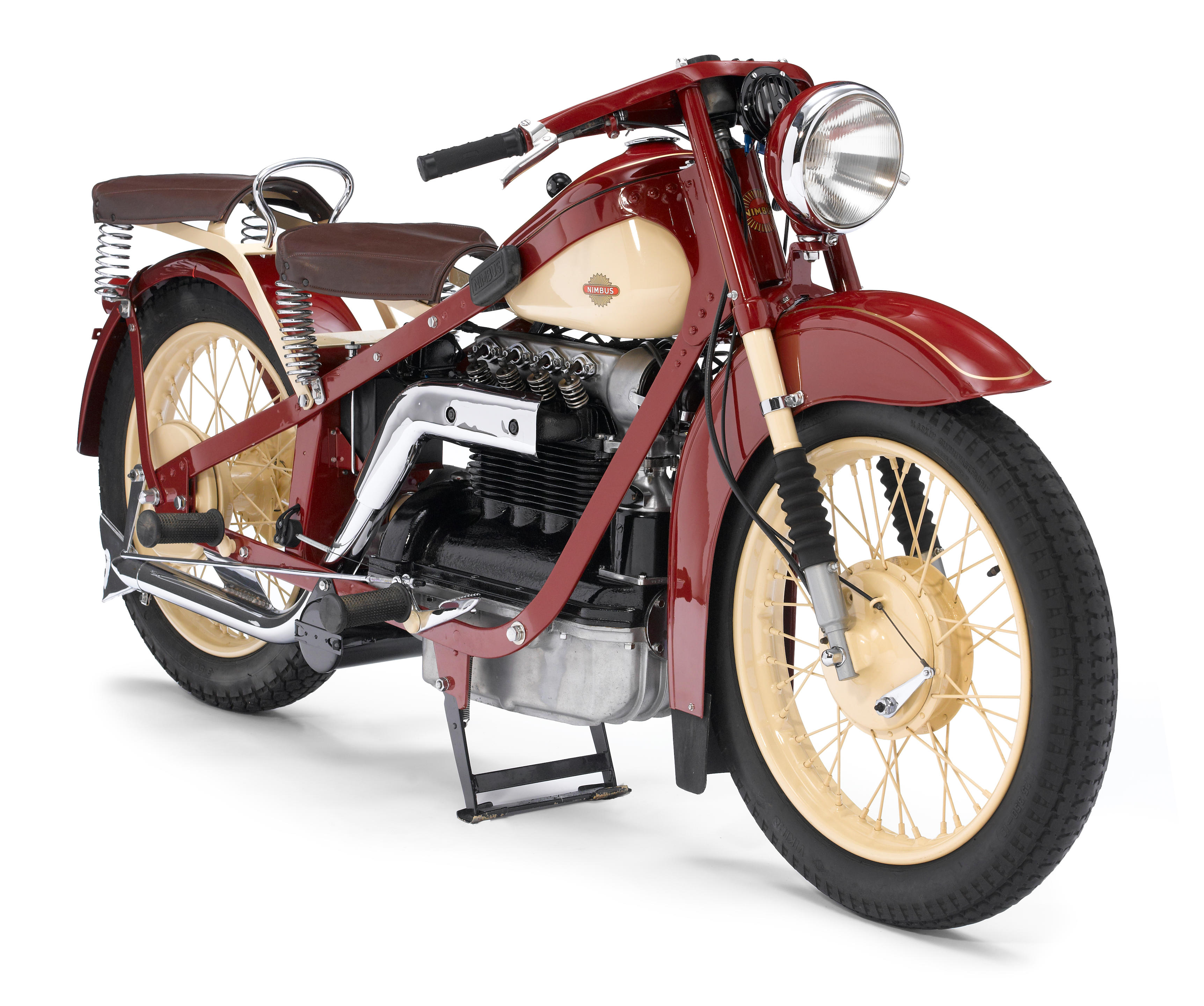

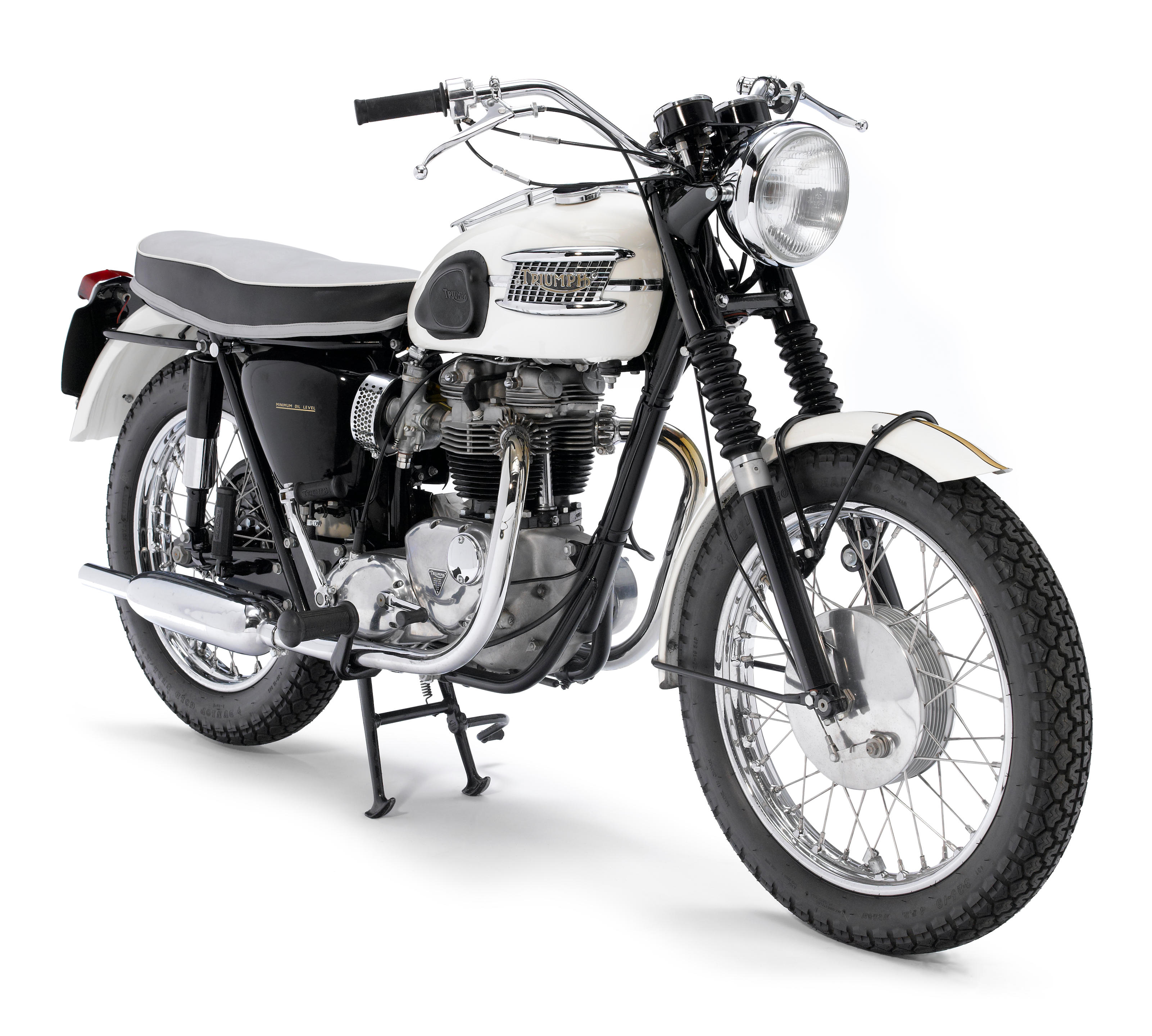

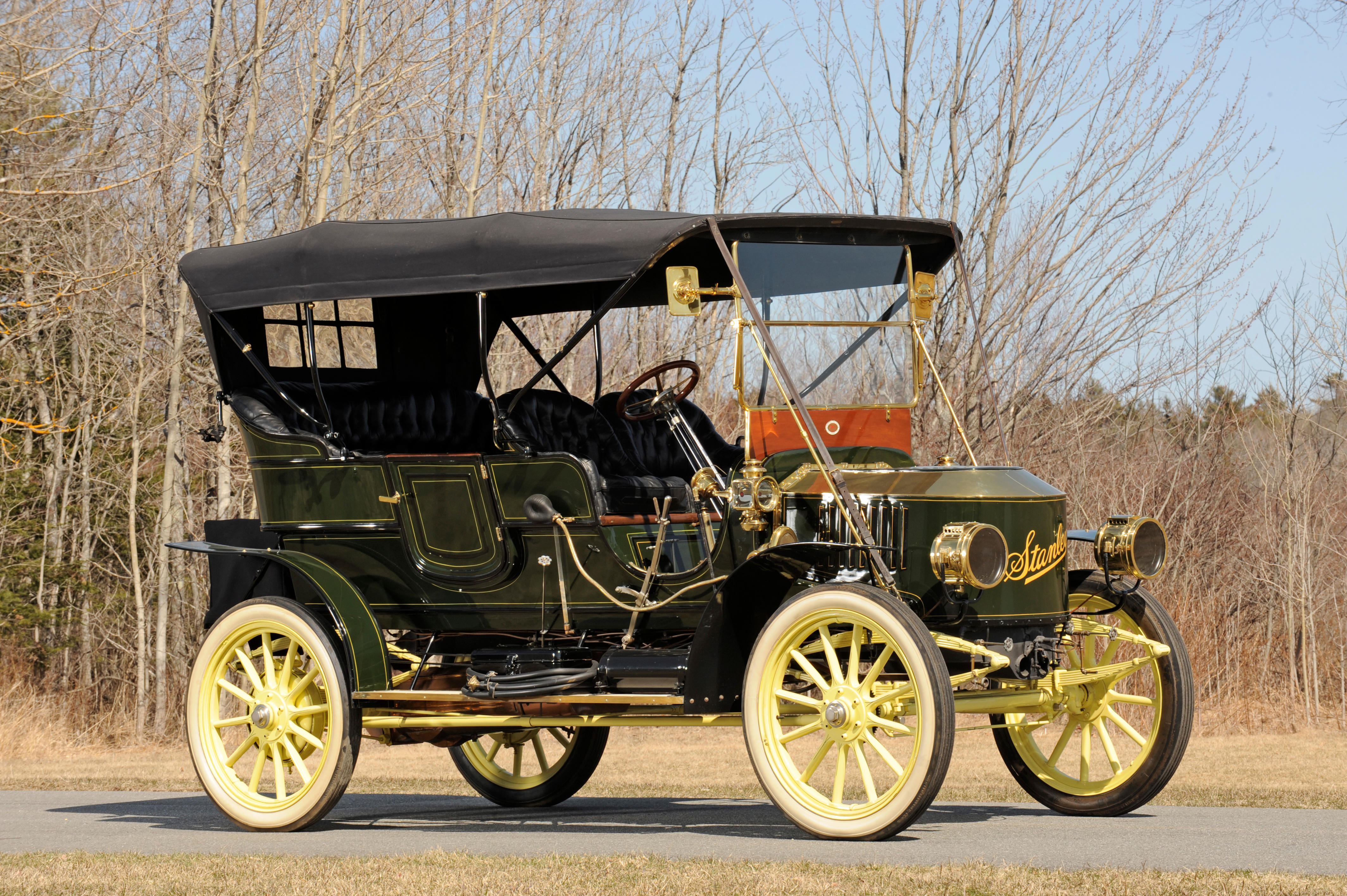
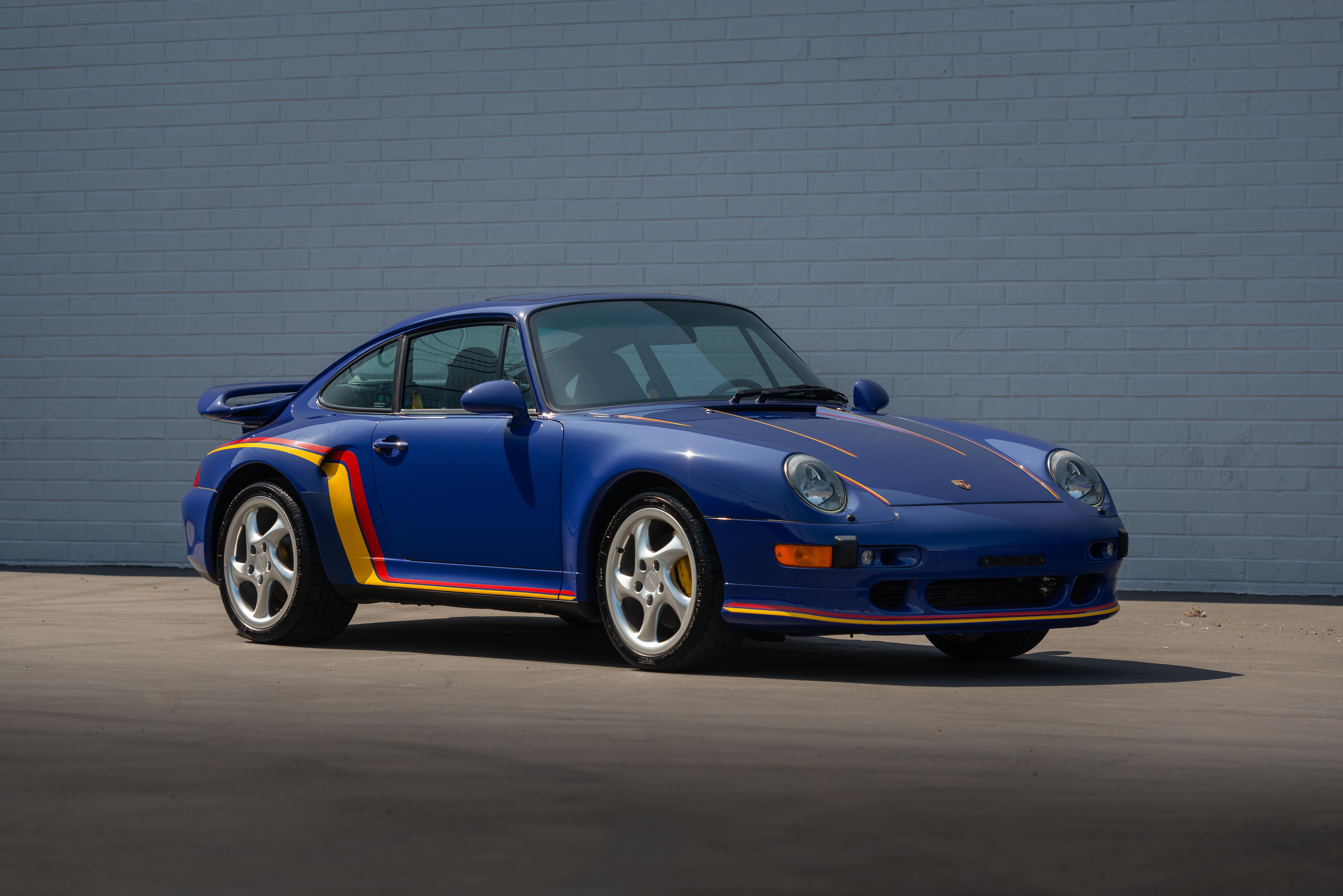
Testen Sie LotSearch und seine Premium-Features 7 Tage - ohne Kosten!
Lassen Sie sich automatisch über neue Objekte in kommenden Auktionen benachrichtigen.
Suchauftrag anlegen